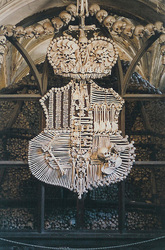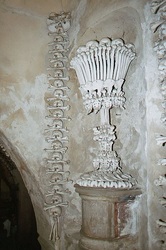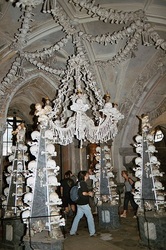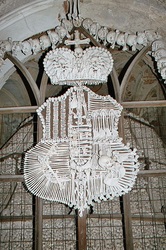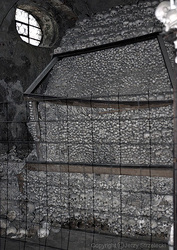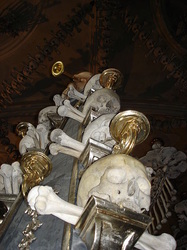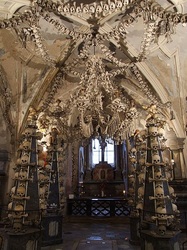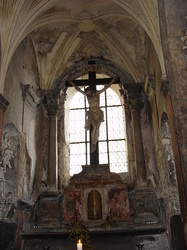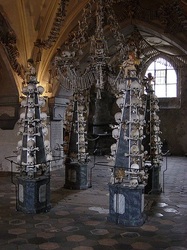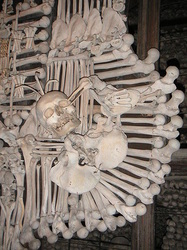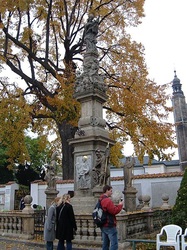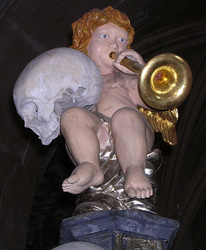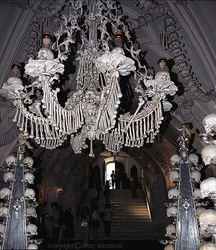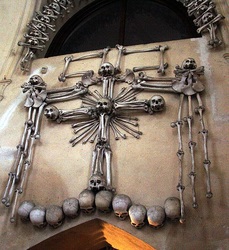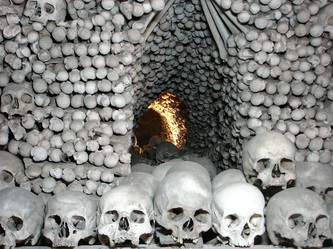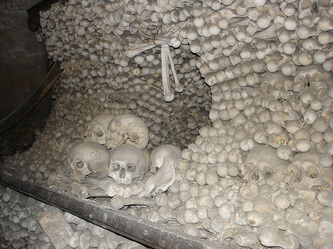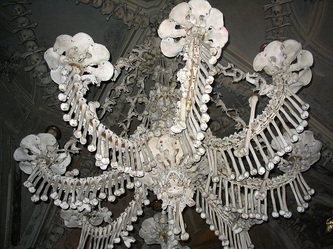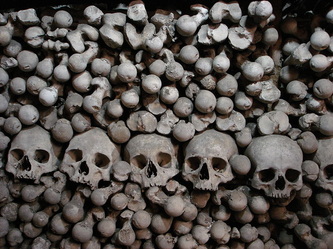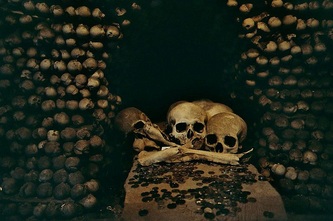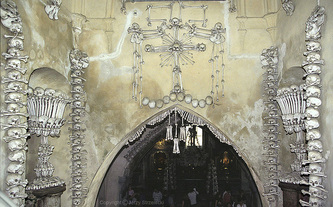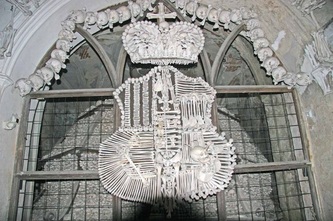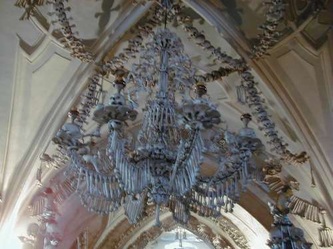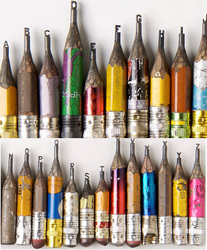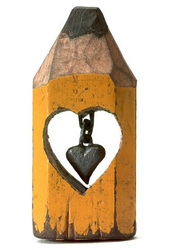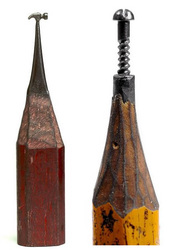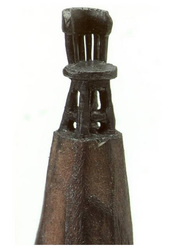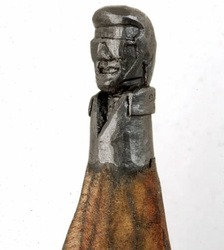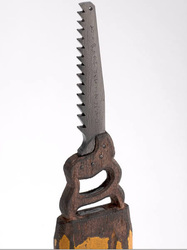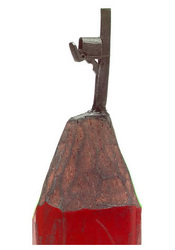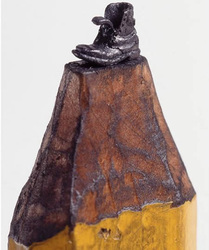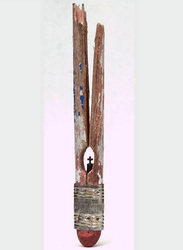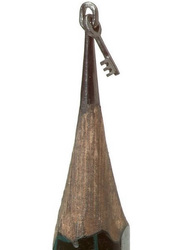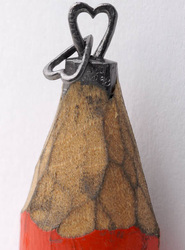JFK: Reloaded
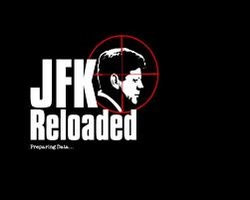
JFK: Reloaded is a controversial edutainment first-person shooter video game recreating the John F. Kennedy assassination. The game was released November 21, 2004 (the day before the 41st anniversary of the event) by Scotland-based Traffic Games.
JFK: Reloaded puts the player in the role of Kennedy's alleged assassin, Lee Harvey Oswald. The player is then scored on how closely one's version of the assassination matches the report of the Warren Commission. According to the company, the primary aim of the game was "to establish the most likely facts of what happened on 1963-11-22 by running the world’s first mass-participation forensic construction", the theory being that a player could help prove that Lee Harvey Oswald had the "means and the opportunity to commit the crime", and thus help support or disprove the Warren Commission's findings.
JFK: Reloaded was condemned by the late Senator Edward Kennedy, the late President Kennedy's brother, as "...despicable."; and by Senator Joseph Lieberman who "was sickened by the game." Children NOW, an organization that promotes safer media for children, dismissed Traffic Media's claims that JFK: Reloaded has educational merit. Director Christy Glaubke commented "I would think the only [lesson it teaches] is how to be an assassin."
http://web.archive.org/web/20050328025508/http://www.jfkreloaded.com/
JFK: Reloaded puts the player in the role of Kennedy's alleged assassin, Lee Harvey Oswald. The player is then scored on how closely one's version of the assassination matches the report of the Warren Commission. According to the company, the primary aim of the game was "to establish the most likely facts of what happened on 1963-11-22 by running the world’s first mass-participation forensic construction", the theory being that a player could help prove that Lee Harvey Oswald had the "means and the opportunity to commit the crime", and thus help support or disprove the Warren Commission's findings.
JFK: Reloaded was condemned by the late Senator Edward Kennedy, the late President Kennedy's brother, as "...despicable."; and by Senator Joseph Lieberman who "was sickened by the game." Children NOW, an organization that promotes safer media for children, dismissed Traffic Media's claims that JFK: Reloaded has educational merit. Director Christy Glaubke commented "I would think the only [lesson it teaches] is how to be an assassin."
http://web.archive.org/web/20050328025508/http://www.jfkreloaded.com/
The Sedlec Ossuary
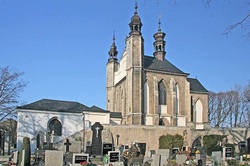
The Sedlec Ossuary (Czech: kostnice Sedlec) is a small Roman Catholic chapel, located beneath the Cemetery Church of All Saints (Czech: Hřbitovní kostel Všech Svatých) in Sedlec, a suburb of Kutná Hora in the Czech Republic. The ossuary is estimated to contain the skeletons of between 40,000 and 70,000 people, many of whom have had their bones artistically arranged to form decorations and furnishings for the chapel.
Henry, the abbot of the Cistercian monastery in Sedlec, was sent to the Palestine (Holy Land) by King Otakar II of Bohemia in 1278. When he returned, he brought with him a small amount of earth he had removed from Golgotha and sprinkled it over the abbey cemetery. The word of this pious act soon spread and the cemetery in Sedlec became a desirable burial site throughout Central Europe. During the Black Death in the mid 14th century, and after the Hussite Wars in the early 15th century, many thousands of people were buried there and the cemetery had to be greatly enlarged.
Around 1400 a Gothic church was built in the center of the cemetery with a vaulted upper level and a lower chapel to be used as an ossuary for the mass graves unearthed during construction, or simply slated for demolition to make room for new burials. After 1511 the task of exhuming skeletons and stacking their bones in the chapel was, according to legend, given to a half-blind monk of the order.
Between 1703 and 1710 a new entrance was constructed to support the front wall, which was leaning outward, and the upper chapel was rebuilt. This work, in the Czech Baroque style, was designed by Jan Santini Aichel.
In 1870, František Rint, a woodcarver, was employed by the Schwarzenberg family to put the bone heaps into order. The macabre result of his effort speaks for itself. Four enormous bell-shaped mounds occupy the corners of the chapel. An enormous chandelier of bones, which contains at least one of every bone in the human body, hangs from the center of the nave with garlands of skulls draping the vault. Other works include piers and monstrances flanking the altar, a large Schwarzenberg coat-of-arms, and the signature of Rint, also executed in bone, on the wall near the entrance.
In 1970, the centenary of Rint's contributions, Czech filmmaker Jan Švankmajer was commissioned to document the ossuary. The result was a 10 minute long frantic-cut film of skeletal images overdubbed with an actual tour-guide's neutral voice narration. This version was initially banned by the Czech Communist authorities for alleged subversion, and the soundtrack was replaced by a brief spoken introduction and a jazz arrangement by Zdeněk Liška of the poem "Comment dessiner le portrait d'un oiseau" ("How to Draw the Portrait of a Bird") by Jacques Prévert. Since the Velvet Revolution, the original tour guide soundtrack has been made available.
In the documentary Long Way Round, Ewan McGregor and Charley Boorman stop to see this church. Dan Cruickshank also views the church in his Adventures in Architecture. It is a major plot device in the John Connolly novel The Black Angel and used as a location for the Dungeons & Dragons movie and the movie Blood & Chocolate. It was also featured in Ripley's Believe it or Not and is described by Cara Seymour in the final scene of the film Adaptation. It was also the influence for Dr. Satan's lair in the Rob Zombie film House of 1000 Corpses.
Henry, the abbot of the Cistercian monastery in Sedlec, was sent to the Palestine (Holy Land) by King Otakar II of Bohemia in 1278. When he returned, he brought with him a small amount of earth he had removed from Golgotha and sprinkled it over the abbey cemetery. The word of this pious act soon spread and the cemetery in Sedlec became a desirable burial site throughout Central Europe. During the Black Death in the mid 14th century, and after the Hussite Wars in the early 15th century, many thousands of people were buried there and the cemetery had to be greatly enlarged.
Around 1400 a Gothic church was built in the center of the cemetery with a vaulted upper level and a lower chapel to be used as an ossuary for the mass graves unearthed during construction, or simply slated for demolition to make room for new burials. After 1511 the task of exhuming skeletons and stacking their bones in the chapel was, according to legend, given to a half-blind monk of the order.
Between 1703 and 1710 a new entrance was constructed to support the front wall, which was leaning outward, and the upper chapel was rebuilt. This work, in the Czech Baroque style, was designed by Jan Santini Aichel.
In 1870, František Rint, a woodcarver, was employed by the Schwarzenberg family to put the bone heaps into order. The macabre result of his effort speaks for itself. Four enormous bell-shaped mounds occupy the corners of the chapel. An enormous chandelier of bones, which contains at least one of every bone in the human body, hangs from the center of the nave with garlands of skulls draping the vault. Other works include piers and monstrances flanking the altar, a large Schwarzenberg coat-of-arms, and the signature of Rint, also executed in bone, on the wall near the entrance.
In 1970, the centenary of Rint's contributions, Czech filmmaker Jan Švankmajer was commissioned to document the ossuary. The result was a 10 minute long frantic-cut film of skeletal images overdubbed with an actual tour-guide's neutral voice narration. This version was initially banned by the Czech Communist authorities for alleged subversion, and the soundtrack was replaced by a brief spoken introduction and a jazz arrangement by Zdeněk Liška of the poem "Comment dessiner le portrait d'un oiseau" ("How to Draw the Portrait of a Bird") by Jacques Prévert. Since the Velvet Revolution, the original tour guide soundtrack has been made available.
In the documentary Long Way Round, Ewan McGregor and Charley Boorman stop to see this church. Dan Cruickshank also views the church in his Adventures in Architecture. It is a major plot device in the John Connolly novel The Black Angel and used as a location for the Dungeons & Dragons movie and the movie Blood & Chocolate. It was also featured in Ripley's Believe it or Not and is described by Cara Seymour in the final scene of the film Adaptation. It was also the influence for Dr. Satan's lair in the Rob Zombie film House of 1000 Corpses.
Tiny wonder on tip of pencils
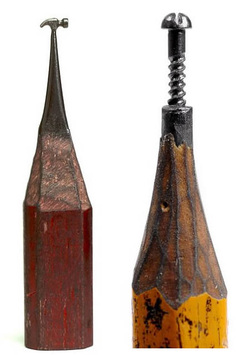
Dalton Ghetti does really sharp work - on a tiny scale.
The Bridgeport artist creates impossibly detailed miniature sculptures on the tip of a pencil.
"I'm known as the pencil guy," laughed Ghetti, 49. "I don't mind that at all."
He shuns a magnifying glass and uses simple tools like razor blades and needles to create delicate little figures - from a tiny, jagged handsaw to a minibust of Elvis in shades.
"It's like I'm removing specs of dust at a time because the scale is so small," he said. "If there's a little bit of dust on my table at the end of the day and I didn't break it - that's a good day's work."
Ghetti, who grew up in Brazil, has been carving since he was a schoolboy who sharpened his pencil with a razor or a pocketknife. He started big, with wood and stone, and then moved to carving soap, candles and even broom handles before he found his niche about 25 years ago.
"The pencil has been kind of like a challenge to myself," he said. "I can do anything really big, but the small stuff is really difficult, so I was like, let me see how small I can go."
He works as a carpenter and carves pencils in his free time - often putting in just an hour or so before his eyes get tired. It can take years to finish an especially complicated piece - a linked chain in the middle of a pencil took him two years, and a carefully crafted giraffe even longer.
"When I'm inspired, I can sit down and things just flow," he said. "You can't force yourself to do those things. I do it just for fun, it's pretty much like a hobby, a kind of meditation work that I do."
Along with his other projects, Ghetti is slowly carving a tiny, graphite tear for every 9/11 victim, finishing one each morning before he goes to work, and estimates it will take him 10 years to finish and display them together.
Several years ago, he decided to carve the entire alphabet, and created one letter a month until he was done.
The entire work is on display through Aug. 29 at the New Britain Museum of American Art as part of its "Meticulous Masterpieces" show.
He has four pieces in the works, but would not say what they are, in case he ends up jinxing himself into snapping the delicate lead. Ghetti doesn't sell his creations, and even saves his failed attempts, pinned into a Styrofoam "graveyard."
"I do it from my heart, I do it when I feel like - and I pretty much do it for myself," he said. "It's my own interest in the small things in life that drove me to call people's attention to them."
